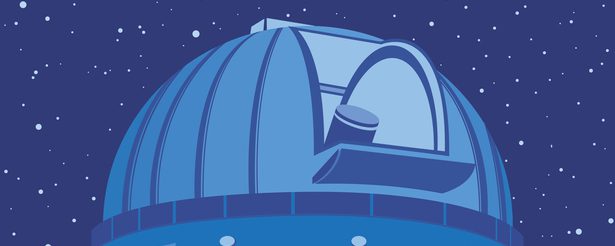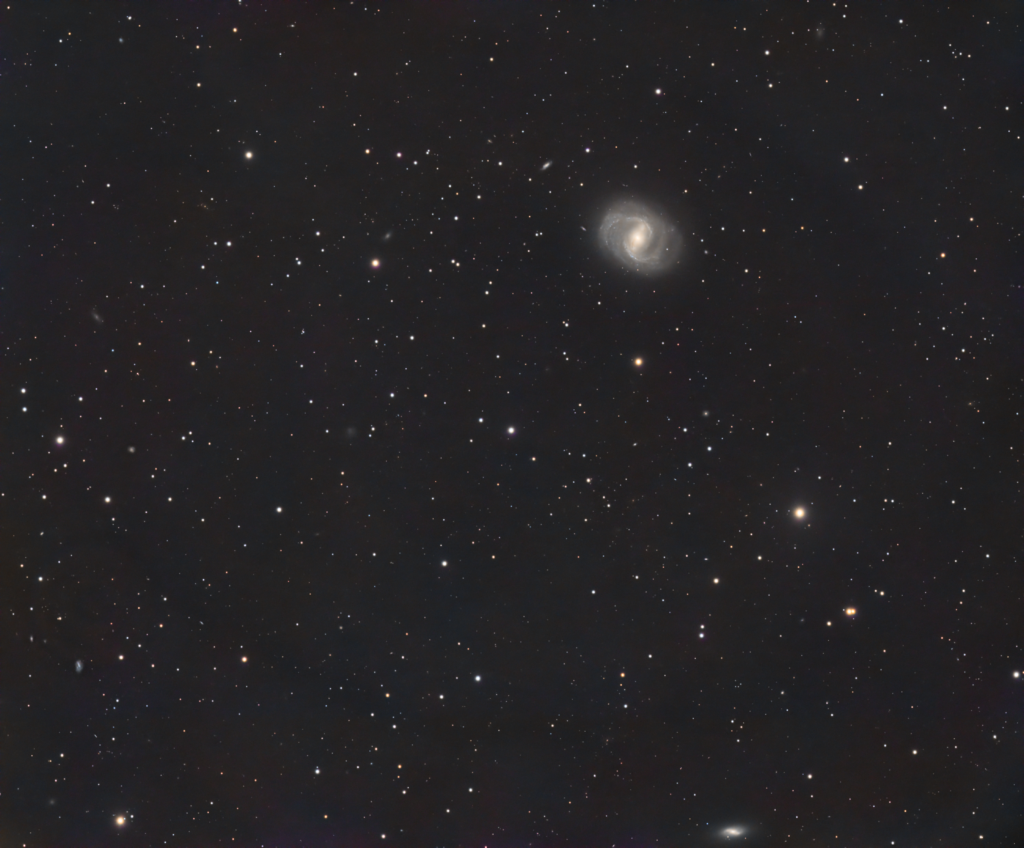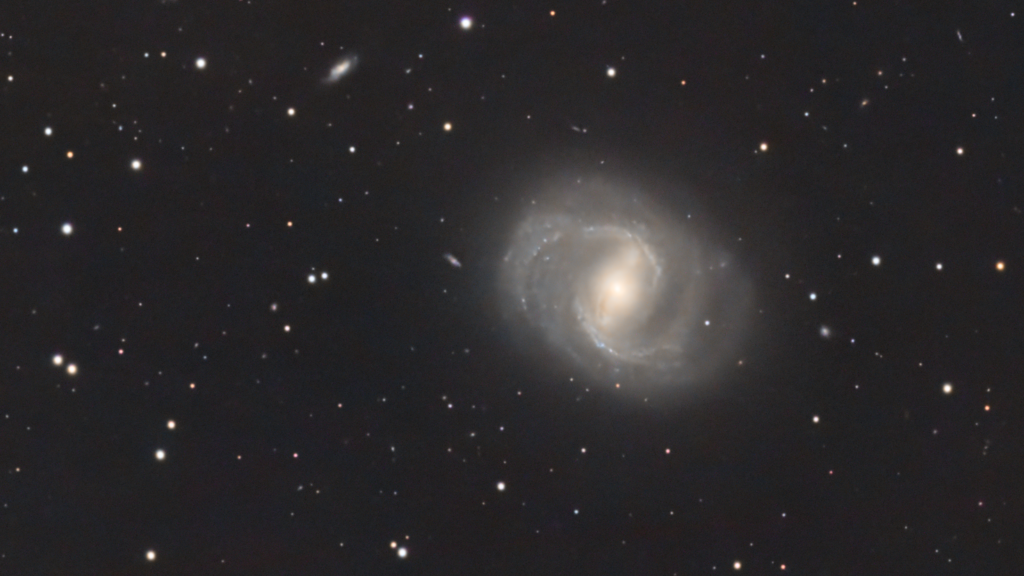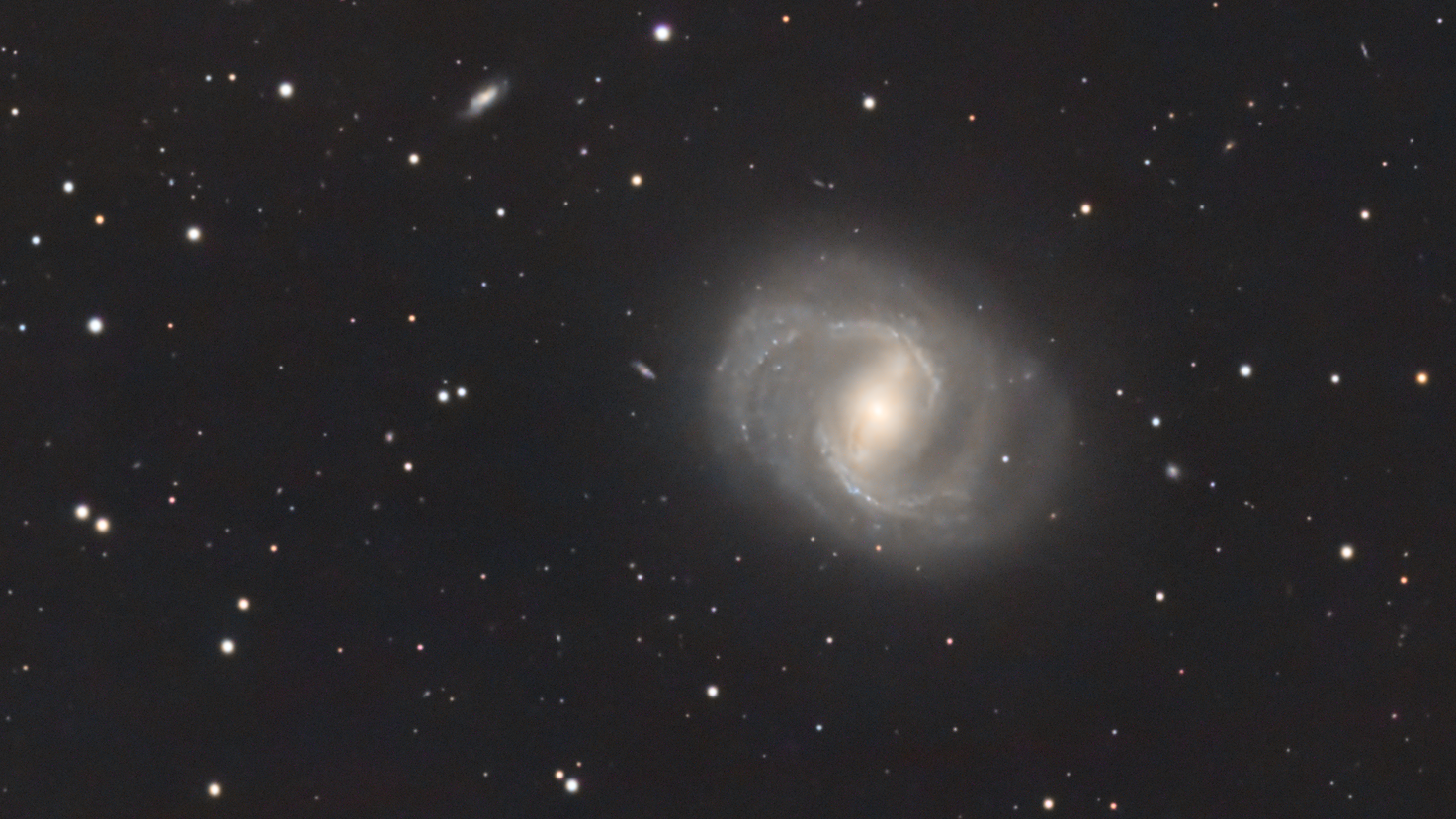
Similar Posts
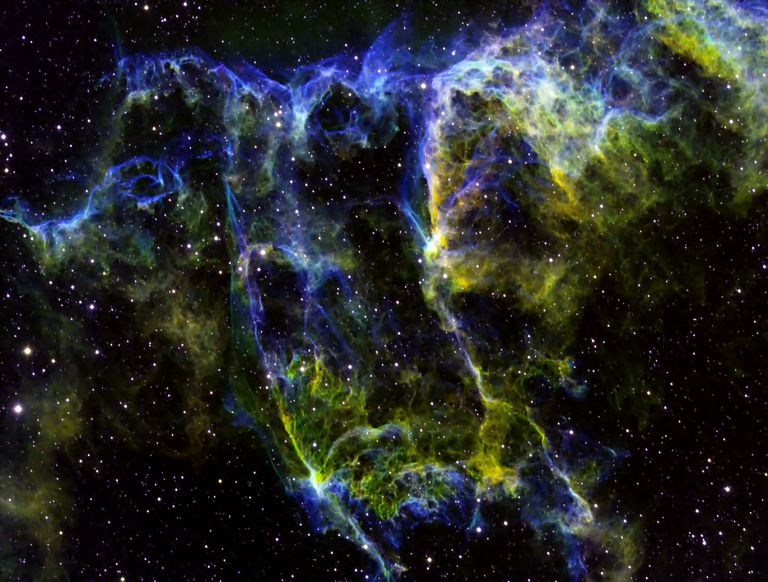
A Spooky Knot in the Veil Nebula
Taken just prior to Halloween in 2018, the southeastern knot of the Eastern Veil Nebula takes on a ghostly appearance when imaged in the Hubble palette with narrowband filters.
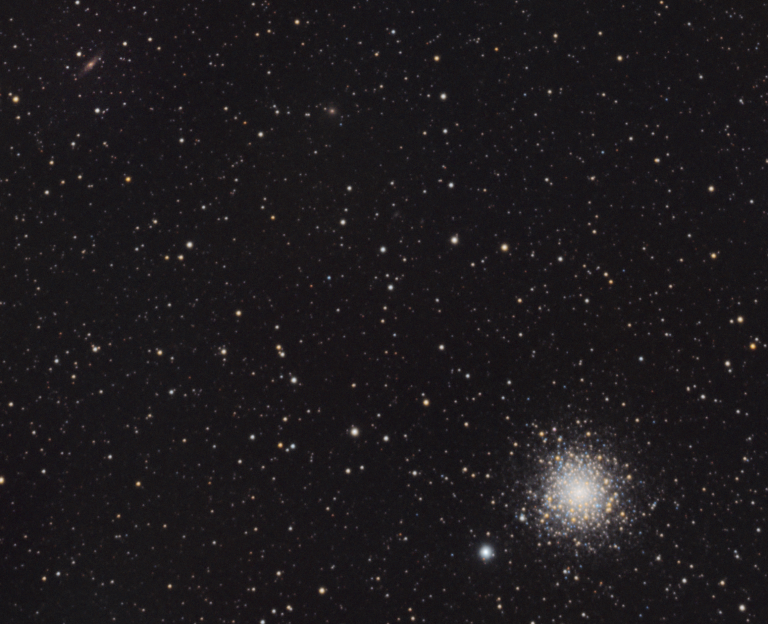
Another glob: M80
It’s globular cluster season, so here’s another one! M80 is found within the constellation Scorpius, and lies a distant 32,600 light-years away – making it one the small side from our vantage point. It contains several hundred thousand stars, and is one of the denser globular clusters in our galaxy. The faint galaxy in the…
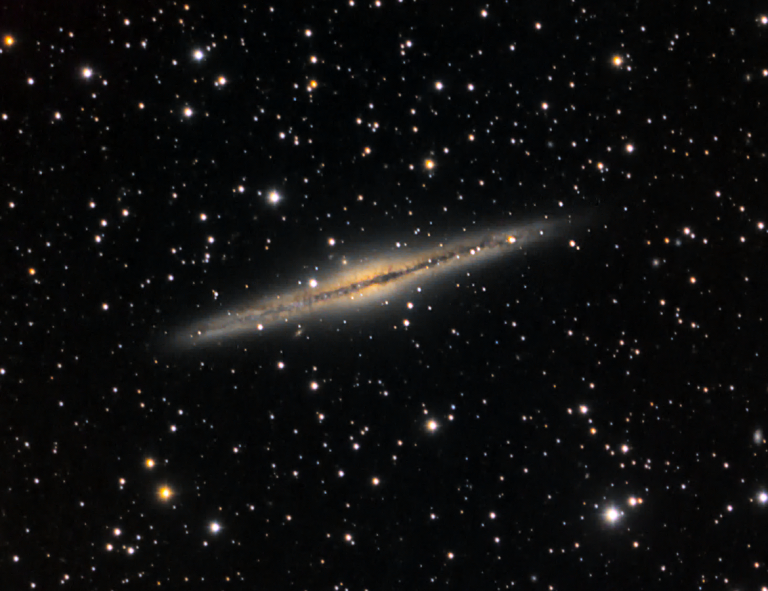
The “Silver Sliver” Galaxy
Try saying that three times fast! Fortunately, the “Silver Sliver Galaxy” has a formal name that’s easier to pronounce: NGC 891. It’s about 30 million light-years away, and is thought to be very similar to what our own Milky Way galaxy would look like when viewed edge-on. Explore the wider-field image; click on it for…
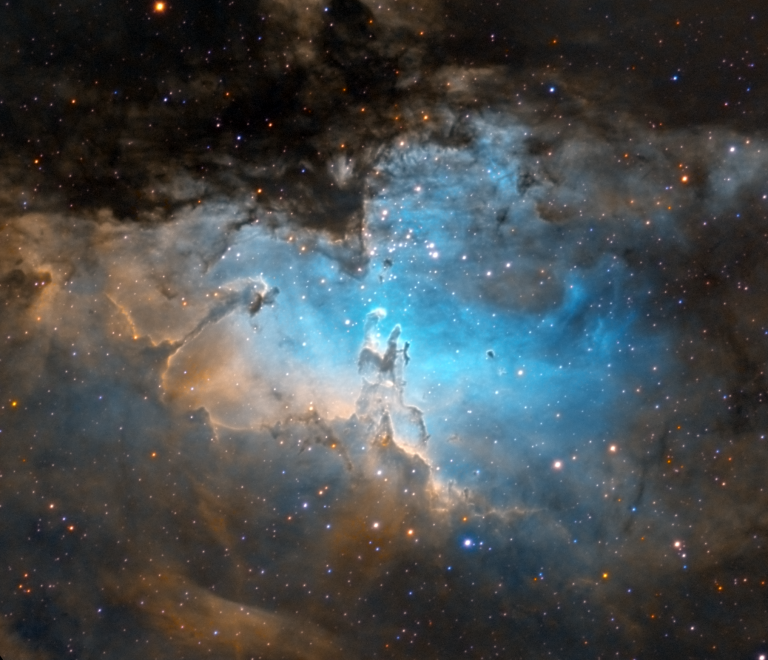
The Eagle Nebula, home of the “Pillars of Creation”
Perhaps the most famous Hubble image is the “Pillars of Creation,” towers of gas where new stars are being born within the Eagle Nebula (formally M16.) My backyard telescope under the thick Florida atmosphere can’t match the resolution of Hubble, but it can still capture this object. I’ve imaged this before, but this is the…
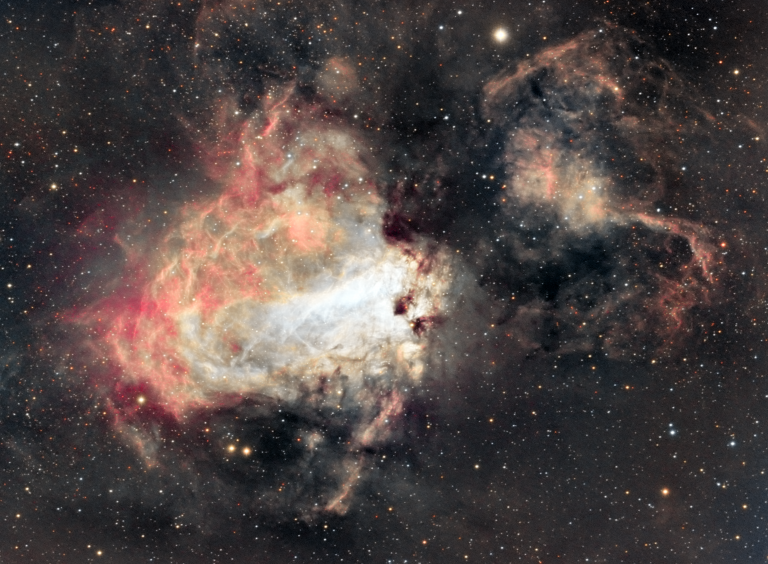
A Celestial Swan
This is M17, the “Swan Nebula”. Everyone seems to see something different in it! To me the whole thing looks like a swan seen from the side, but my family sees different birds within it. It’s like seeing shapes in clouds, which makes sense, as this is just a really, really big cloud of gas…
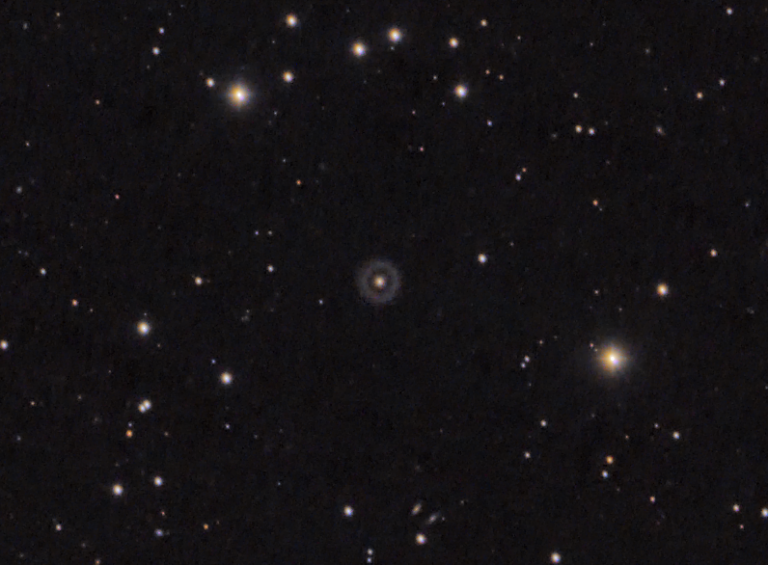
A “ring galaxy” 600 MILLION light-years away
Hoag’s Object is the weirdest galaxy I know of; it is a “ring galaxy” – a very rare galaxy type that’s just a galactic core of stars, surrounded by a ring of stars that’s seemingly disconnected from its core. This galaxy has always captured my imagination. Just look at this image from the Hubble Space…
